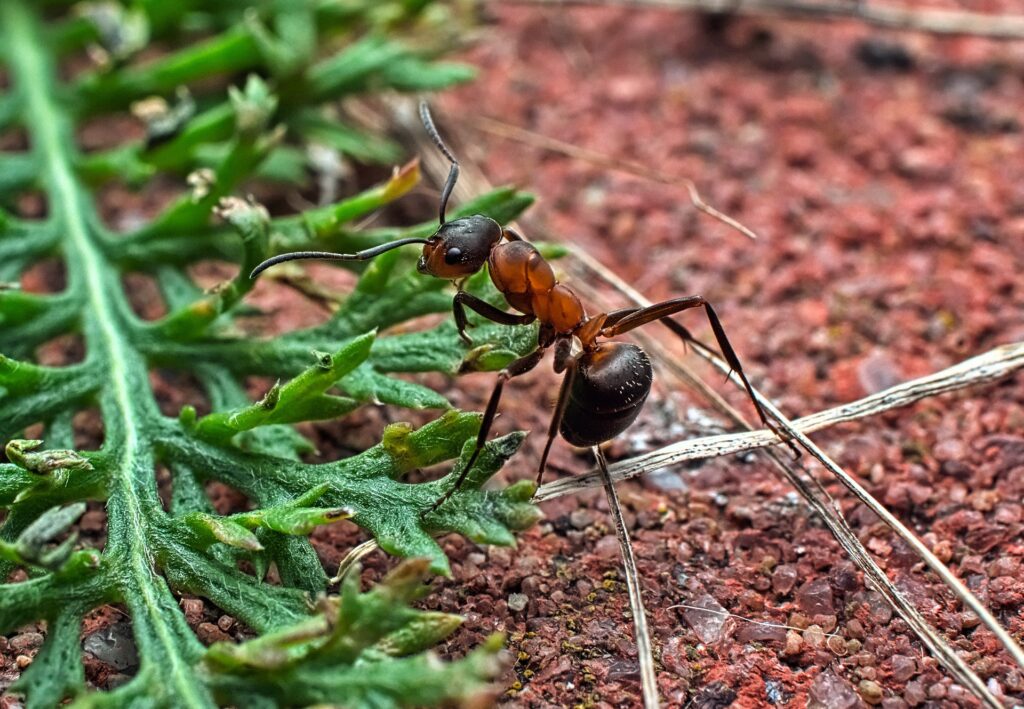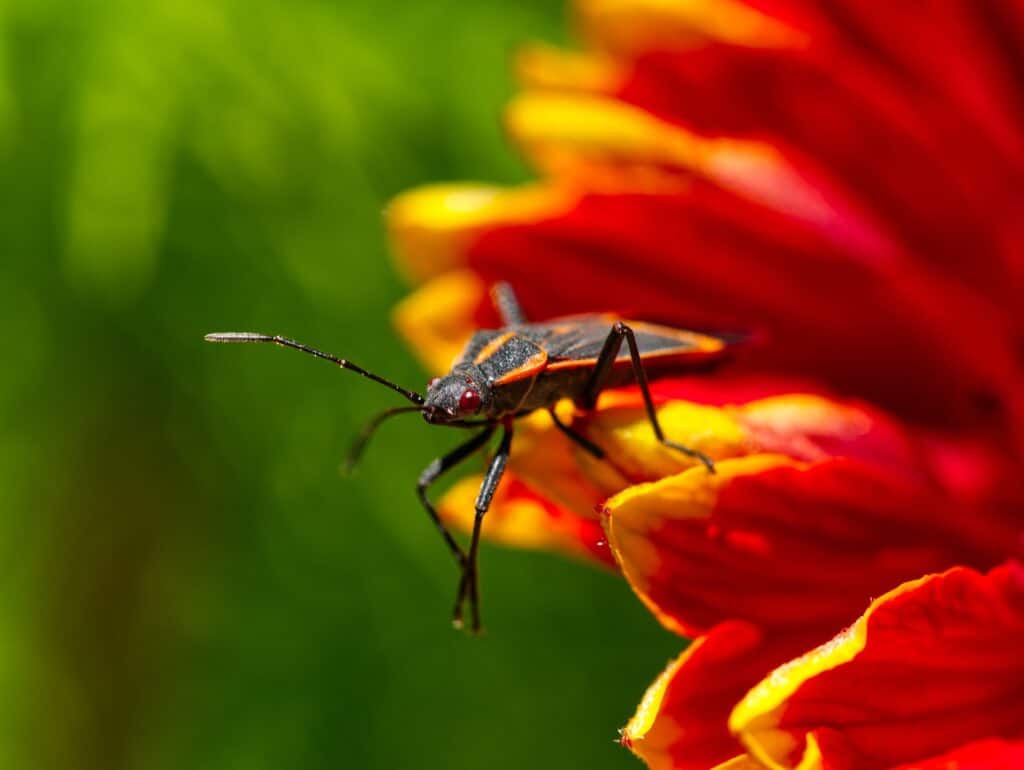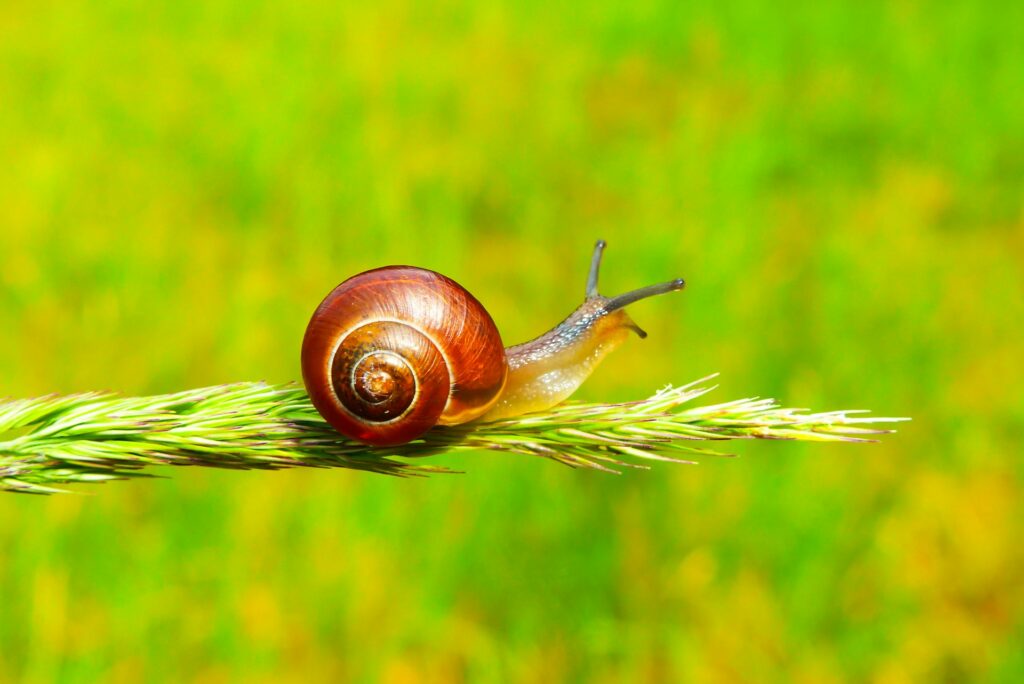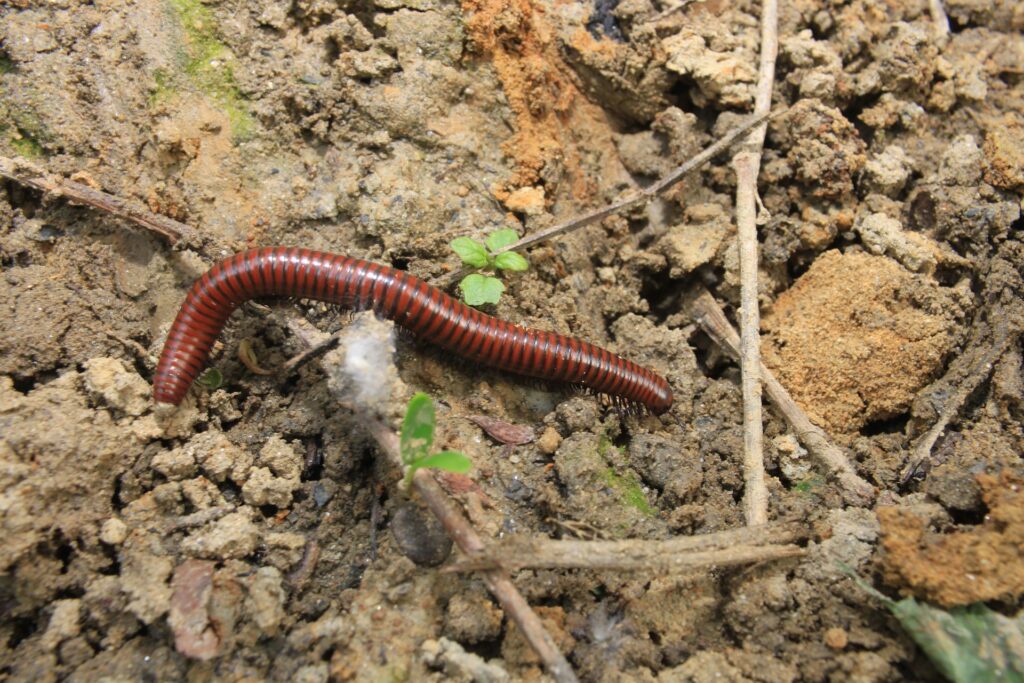Spring is a season of renewal and growth, but it’s also a time when certain pests emerge, seeking food, warmth, and shelter. Ants, boxelder bugs, snails & slugs, millipedes, and centipedes are among the most common culprits. Here’s a closer look at these spring invaders, where they’re most prevalent, and how you can protect your home.
Ants: Persistent Spring Invaders

Ants are a common sight in spring, especially in warmer regions like the southern United States. They become active as temperatures rise, foraging for food and water. Pavement ants and odorous ants are particularly notorious for invading kitchens and pantries.
Prevention Tip: Keep food sealed in airtight containers, clean up crumbs immediately, and address moisture issues like leaky pipes.
Box Elder Bugs: A Nuisance in Numbers

Box elder bugs often appear in the Midwest and northern parts of the U.S. as they emerge from overwintering in walls or attics. These pests are mostly harmless but can stain surfaces and become an annoyance when they cluster in large numbers around windows and doors.
Prevention Tip: Seal cracks and crevices around windows and doors to prevent their entry.
Snails and Slugs: Garden Threats

Snails and slugs thrive in damp environments, making them a common problem in coastal areas and regions with heavy spring rains. They feed on plants and can wreak havoc on gardens.
Prevention Tip: Use barriers like copper tape around garden beds and remove debris where they hide.
Millipedes and Centipedes: Hidden Crawlers

Millipedes and centipedes often appear in basements, bathrooms, and other damp areas. While centipedes help control other pests, their presence indoors is usually unwelcome. These pests are more common in humid regions, such as the southeastern U.S.
Prevention Tip: Reduce moisture levels in your home with dehumidifiers and fix any water leaks promptly.
The Regional Impact of Spring Pests
The types of pests that surface in spring can vary significantly by region. In the Southwest, ants are particularly aggressive due to the dry conditions driving them indoors for water. Meanwhile, the Pacific Northwest often deals with an influx of slugs and snails thanks to its wet spring climate. In contrast, areas in the Northeast may experience box elder bug activity as temperatures begin to rise.
Understanding the environmental factors specific to your region can help you anticipate and prepare for the pests most likely to appear in your area. Local pest management resources or community extensions can provide valuable insights into seasonal trends.
Proactively Prepare Your Home

Seal Entry Points
Inspect your home for gaps, cracks, and openings around windows, doors, and utility lines. Even the smallest gaps can serve as an entryway for insects. Use caulk or weatherstripping to close off these access points.
Eliminate Moisture
Many spring pests are attracted to damp environments. Repair leaky pipes, clean gutters, and ensure proper drainage around your home to reduce damp areas that attract pests. In addition, ensure your basement and crawl spaces are well-ventilated to minimize humidity.
Maintain Cleanliness
Keeping your home tidy can go a long way in discouraging pests. Regularly clean areas where food is prepared or consumed, such as kitchens and dining rooms. Store trash in bins with tightly fitting lids, and avoid leaving pet food out overnight.
Optimize Landscaping
Your yard can be a haven for spring pests if not properly maintained. Trim back vegetation to keep it from touching your home’s foundation, as this creates a natural bridge for pests to move indoors. Remove leaf litter, mulch, and other debris that can provide shelter for crawling pests like millipedes and centipedes.
Use Screens and Barriers
Install or repair window and door screens to keep flying insects out, and consider using door sweeps to block crawling pests. Mesh screens on vents and chimneys can also help reduce access points for pests seeking shelter.
Monitor and Act Early
The sooner you detect pest activity, the easier it is to address. Keep an eye out for early signs of infestation, such as trails of ants, clusters of bugs near windows, or damaged garden plants. Early action, such as applying targeted treatments or contacting a pest professional, can prevent small problems from escalating.
What to Do If Pests Persist

Consider Professional Assistance
If spring pests persist despite your efforts, it may be time to seek professional pest management solutions. Experienced pest control professionals can provide tailored treatments to address specific pests and help prevent future infestations. They’ll assess your home, identify vulnerabilities, and apply responsible methods to mitigate pest problems.
By working with knowledgeable experts, you’ll have peace of mind knowing your home is protected against unwelcome spring visitors.
The Bigger Picture: Protecting Your Home
Spring pests don’t have to ruin your season. By understanding the habits of these common invaders and taking proactive steps, you can significantly reduce their presence in and around your home. Maintaining a clean, dry, and well-sealed environment is key to keeping these seasonal nuisances under control. With the right preparation, you can enjoy the beauty of spring without the headache of unwelcome visitors.








